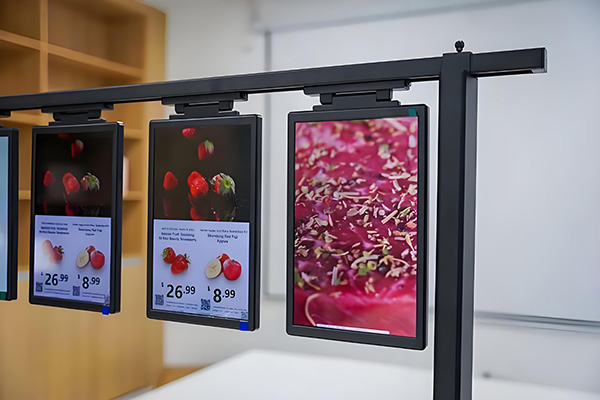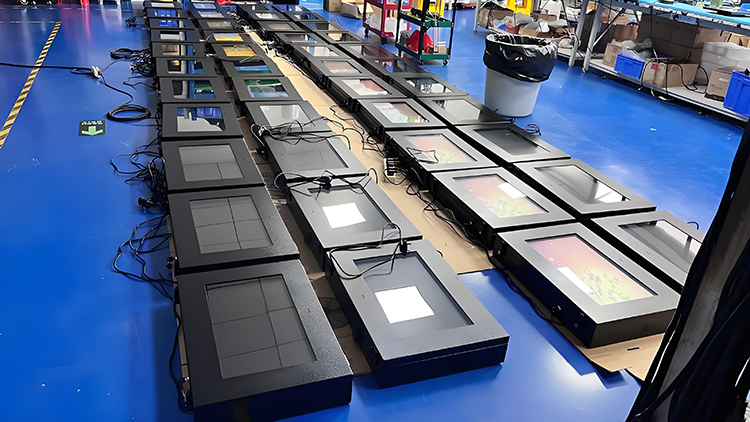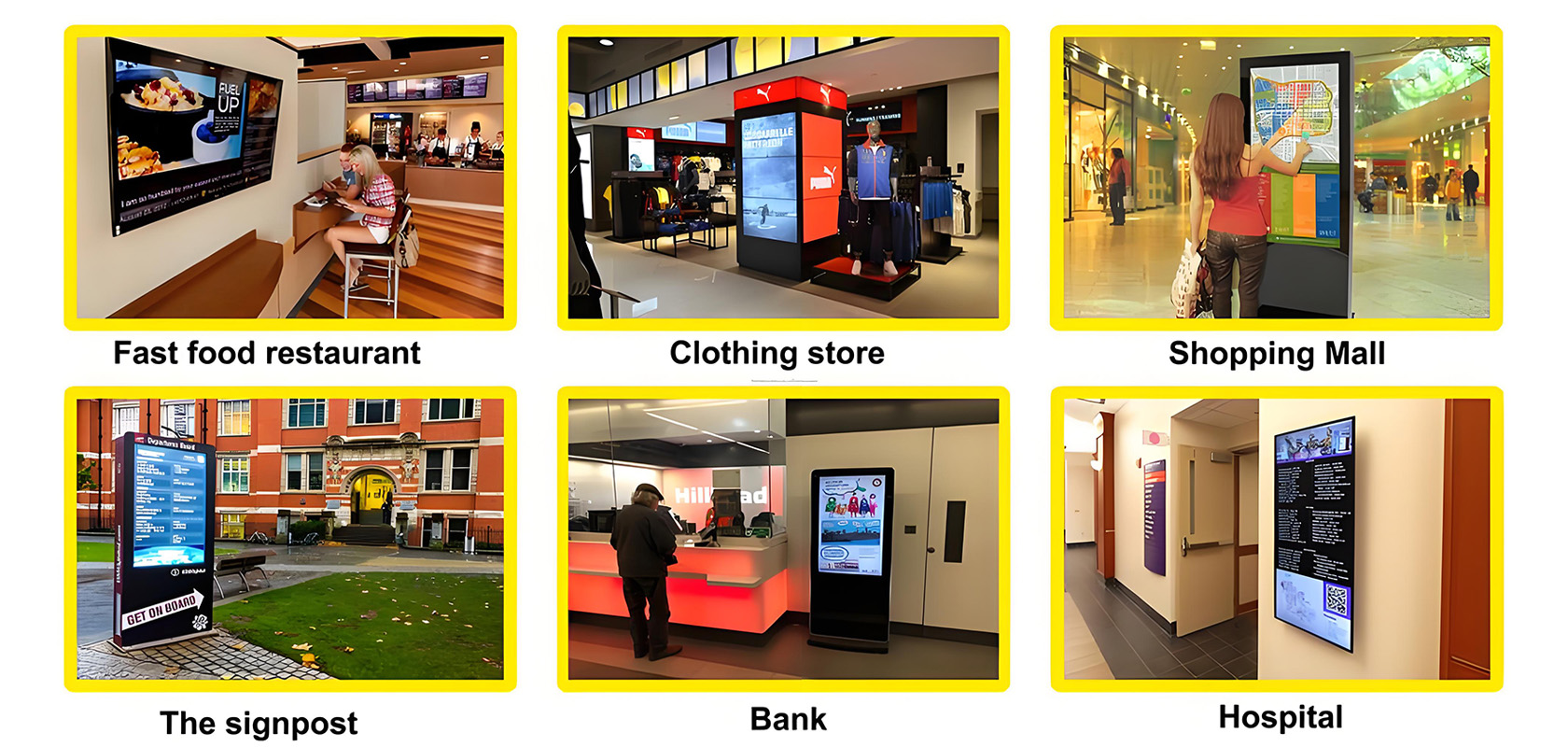Why 73% of Retailers Are Switching to Supermarket Digital Price Tags (And How You Can Too)
In the fast-paced retail industry, staying competitive requires constant innovation. One of the most transformative trends in recent years is the adoption of supermarket digital price tag solutions (DPTS). These systems replace traditional paper or cardboard price labels with dynamic, electronic displays, enabling real-time updates and enhancing operational efficiency. In this comprehensive guide, we’ll explore how digital price tags are reshaping supermarkets, their benefits, challenges, and how to choose the right solution for your business.
What Are Supermarket Digital Price Tag Solutions?
Digital price tag solutions utilize electronic shelf labels (ESLs) paired with a centralized software system to manage product pricing in real time. Unlike static labels, DPTS can be updated remotely via Wi-Fi or IoT connectivity, eliminating the need for manual price changes. Key components include:
-E-paper displays: Energy-efficient screens that mimic paper readability.
-Centralized software: Platforms for bulk price updates, promotions, and inventory tracking.
-IoT integration: Connectivity with POS systems, barcode scanners, and ERP software.
Major retailers like Walmart and Tesco have adopted ESLs to streamline pricing operations, reduce errors, and improve customer satisfaction.

The Benefits of Supermarket Digital Price Tag Solutions
Real-Time Price Updates
Traditional price tags require manual updates, which are time-consuming and prone to human error. With DPTS, prices can be adjusted across all shelves simultaneously. For example, during holiday sales or stock replenishment, retailers save hours of labor. According to a 2022 report by "Retail Dive", stores using ESLs reduced price update times by 85%.
Enhanced Customer Experience
Digital labels allow for dynamic pricing strategies, such as flash sales or loyalty discounts. Some systems even integrate with mobile apps to show personalized offers. A study by *Statista* found that72% of consumers prefer stores with clear, digitalized pricing, citing faster checkout experiences and fewer pricing discrepancies.
Cost and Sustainability Savings
Paper labels incur recurring costs for printing and disposal. ESLs, powered by e-ink technology, consume energy only when updating, reducing electricity bills by up to30% (source: "Energy Star"). Additionally, they eliminate paper waste, aligning with eco-conscious consumer trends.
Data-Driven Insights
DPTS platforms collect data on pricing effectiveness, customer behavior, and inventory turnover. Retailers can analyze this information to optimize stock levels and pricing strategies. For instance, "NRF’s 2023 Retail Trends Report" highlights that data-backed pricing decisions boost profit margins by15-20% annually.
Challenges in Implementing Digital Price Tag Solutions
While the benefits are clear, adoption requires overcoming initial hurdles:
High Upfront Costs
ESL systems require investment in hardware, software, and training. However, long-term savings often offset these costs. For a mid-sized supermarket with 10,000 SKUs, initial setup may range from$50,000 to $150,000, depending on vendor and scale (source: "IBISWorld").
Technical Integration
Compatibility with existing POS and inventory systems is critical. Retailers should choose vendors offering API access and scalable solutions. Case studies, such as Carrefour’s partnership with SES-Imagotag, demonstrate successful integration leading to20% faster restocking.
Consumer Adoption
Some customers may resist change due to unfamiliarity. Transparent communication about benefits, like reduced pricing errors, can ease transitions. A survey by *Deloitte* notes that68% of shoppers feel more confident in digitally displayed prices.
How to Choose the Right Digital Price Tag Solution?
Selecting an effective DPTS involves evaluating several factors:
Compatibility with Existing Infrastructure
Ensure the system integrates with your current POS, ERP, and inventory management tools. Leading providers like Pricer and Solum offer modular solutions for seamless upgrades.
Scalability
Choose a system that grows with your business. Cloud-based platforms, such as those from SES-Imagotag, support thousands of tags and remote updates.
Battery Life and Durability
Opt for e-ink displays with7–10 year battery life and robust construction to withstand store environments. Samsung’s SSDP-321 model, for example, is designed for high-traffic areas.
Vendor Reputation and Support
Research customer reviews and case studies. Industry leaders like Toshiba Global Commerce Solutions provide 24/7 support and cybersecurity updates.
The Future of Supermarket Digital Price Tags
The DPTS market is projected to grow at aCAGR of 14.2% from 2023 to 2030 (source: "Grand View Research"). Innovations to watch include:
-AI-Powered Pricing: Algorithms adjusting prices based on demand, weather, or competitor activity.
-Augmented Reality (AR): Shoppers using smartphones to view additional product info via digital labels.
-Sustainability Focus: Solar-powered ESLs and recyclable materials to reduce environmental impact.
Supermarket digital price tag solutions are no longer a luxury but a necessity for modern retailers. By enhancing pricing accuracy, cutting costs, and improving customer engagement, ESLs offer a competitive edge in an increasingly digital marketplace. While initial investments and technical challenges exist, the long-term benefits far outweigh the drawbacks. As technology evolves, integrating AI and sustainability features will further solidify DPTS as a cornerstone of retail innovation.
For retailers ready to embrace the future, now is the time to explore vendor options, pilot programs, and staff training. The supermarket of tomorrow isn’t just about self-checkouts and loyalty cards—it’s about smart, dynamic pricing that keeps customers coming back.
We are a manufacturer of Supermarket Digital display. Welcome to inquire about wholesale prices and customized solutions for Supermarket Digital display.

Application scenarios of digital signage

Tags:
self service kiosk touch kiosk digital signage interactive display interactive touch whiteboard kiosk video wall wall outdoor kiosk IP68 IP67 screen Shopping MallCurrent article link:
https://www.lcdkiosk.com/news/1381.html







